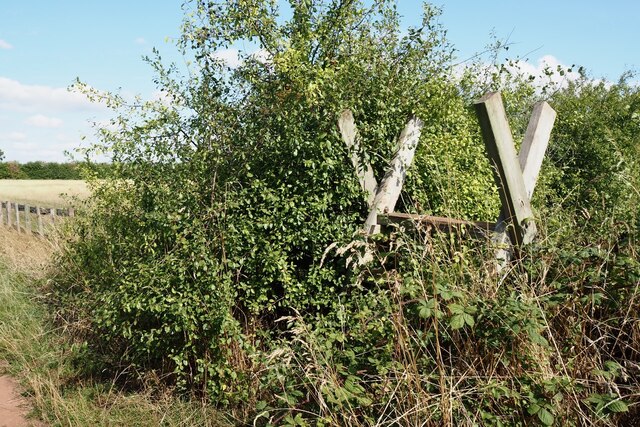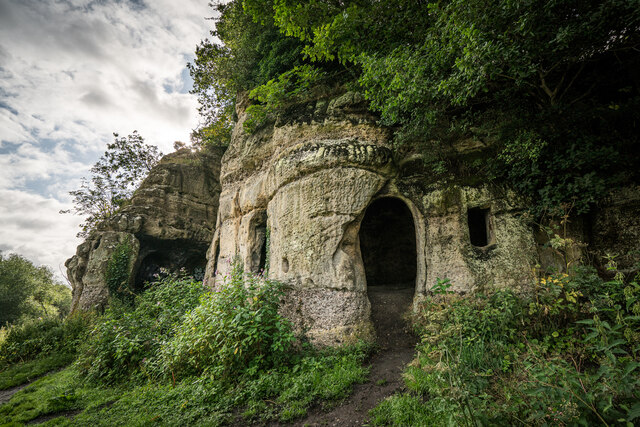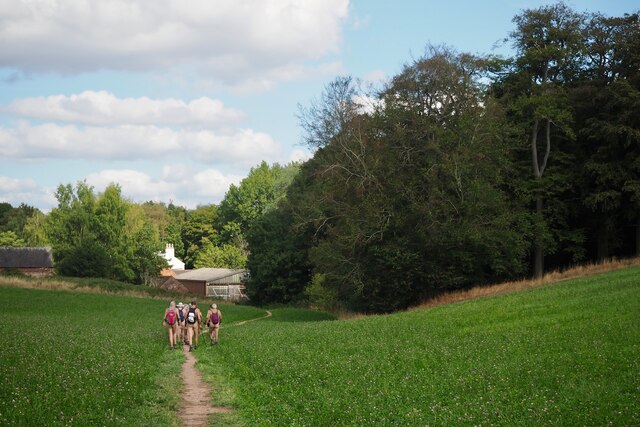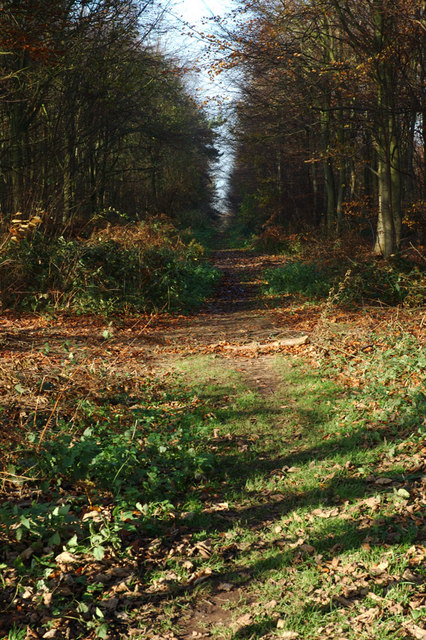Bendalls Clump
Wood, Forest in Derbyshire South Derbyshire
England
Bendalls Clump

Bendalls Clump is a small woodland area located in Derbyshire, England. Situated near the village of Bonsall, it is a popular destination for nature enthusiasts and hikers alike. The clump covers an area of approximately 20 acres and is known for its diverse range of plant and animal species.
The woodland is predominantly composed of native broadleaf trees, such as oak, beech, and ash. These trees provide a lush canopy that creates a cool and shaded environment, perfect for a leisurely stroll on a warm summer's day. Bluebells carpet the forest floor in the spring, creating a stunning display of vibrant colors.
Bendalls Clump is home to a variety of wildlife, making it a haven for animal lovers. Visitors may spot various bird species, including woodpeckers, owls, and jays. Squirrels scamper through the trees, while rabbits and foxes can occasionally be seen darting between the undergrowth. The clump also attracts a diverse range of insect life, with butterflies and dragonflies fluttering through the air.
The woodland is crisscrossed with a network of well-maintained footpaths, allowing visitors to explore the area at their own pace. These paths wind through the trees, occasionally opening up to reveal panoramic views of the surrounding countryside. The clump is also located near several other nature reserves and walking trails, offering the opportunity for longer hikes and exploration of the wider area.
Overall, Bendalls Clump is a picturesque woodland retreat, offering a tranquil escape from the hustle and bustle of everyday life. Whether it's for a peaceful walk, birdwatching, or simply immersing oneself in nature, this enchanting forest is a must-visit destination in Derbyshire.
If you have any feedback on the listing, please let us know in the comments section below.
Bendalls Clump Images
Images are sourced within 2km of 52.830466/-1.5032434 or Grid Reference SK3325. Thanks to Geograph Open Source API. All images are credited.


Bendalls Clump is located at Grid Ref: SK3325 (Lat: 52.830466, Lng: -1.5032434)
Administrative County: Derbyshire
District: South Derbyshire
Police Authority: Derbyshire
What 3 Words
///fictional.earth.lurching. Near Repton, Derbyshire
Nearby Locations
Related Wikis
Repton Prep
Repton Prep (formally Repton Preparatory School) is a co-educational Private Preparatory School in Foremark, Derbyshire, England which caters for day and...
Foremarke Hall
Foremarke Hall is a Georgian-Palladian country house and manor house. Completed in 1762, the Hall is located at the manor (hamlet) of Foremark, near the...
Foremark
Foremark is a hamlet and civil parish in the South Derbyshire district of Derbyshire, England. It contains Foremarke Hall, a medieval manor house which...
St Saviour's Church, Foremark
St Saviour's Church, Foremark, is a Grade I listed parish church in the Church of England in Foremark, Derbyshire. == History == The church dates from...
Heath Wood barrow cemetery
Heath Wood barrow cemetery is a Viking burial site near Ingleby, Derbyshire. == Description == Heath Wood contains a series of 59 barrows which is a Viking...
Anchor Church
Anchor Church is the name given to a series of caves in a Keuper Sandstone (Triassic conglomerate) outcrop, close to the village of Ingleby, Derbyshire...
Milton, Derbyshire
Milton is a hamlet 6 miles south-west of Derby and 1.5 miles east of Repton. Its population is around 200. It is thought to have been established by the...
Ingleby, Derbyshire
Ingleby is a hamlet and civil parish in South Derbyshire, England, situated to the south of the River Trent on a rise between Stanton by Bridge and Repton...
Nearby Amenities
Located within 500m of 52.830466,-1.5032434Have you been to Bendalls Clump?
Leave your review of Bendalls Clump below (or comments, questions and feedback).




















